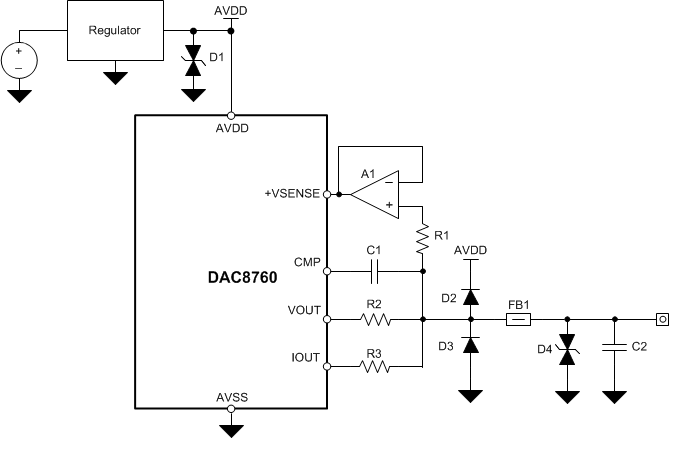Other Parts Discussed in Thread: TIPD119, TIPD153
Hi team,
Please let me ask you two questions about DAC7760.
Q1)If HART interface is not used,can the HART-IN pin be left floating?
*In the TIPD119, 22nF capacitor is connected.
Q2)Could you please tell me the need for a 15 Ω resistor connected
to Vout pin and +VSENSE pin in Figure 96 on the data sheet page 47?
*My customer intends to use DAC7760 in a configuration combined
voltage and current output terminal like TIPD119.
Best regards.
Tsuyoshi Tokumoto


